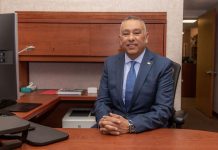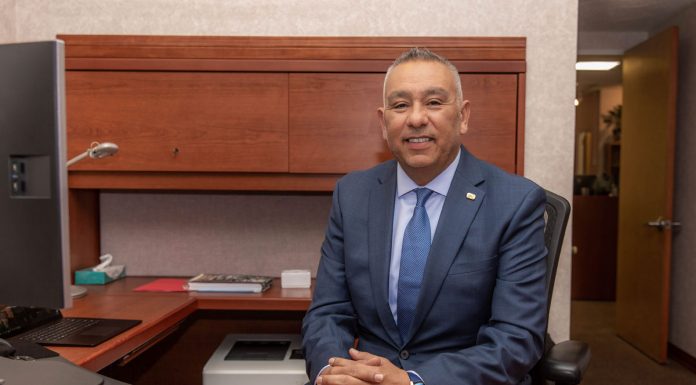Chula Vista City Council unanimously voted in favor for execution of a $350 million issuance of Pension Obligation Bonds. The projected benefit to the City from the 202 POB issuance is expected to be $112 to $116 million on present value bases. This savings will be utilized to fund new reserve funds, mitigate future fiscal impacts from anticipated CalPERS pension investment return shortfalls. Savings from the 2021 POB will begin in FY 2022, and all cost financed through the bond issuance.
Director of Finance/Treasurer David Bilby said the key things they are looking to achieve from this financing is creating a sustainable repayment schedule for pension liabilities.
“We are leveraging the savings to enhance resiliency, future economic shocks,” he said. “We are setting aside reserve funds for future flexibility when CalPERS misses its investment returns and targets. We are increasing the funding status with CalPERS to 100% and we are creating significant budgetary savings compared to the original unfunded liability repayment schedule.”
Bilby said the cash flow and net present value savings presented were extremely conservative, but that they expect to receive higher savings based on current market interest rates.
Bilby said the City depleted its reserve funds in the early 2000s but was able to update policies that led to the comeback of the city’s reserves in 2013. The City has gone from approximately $13 million to more than $35 million in reserve funds. Bilby said this was a key factor in the City receiving its AA credit rating.
“Without this significant increase in reserves funds it is extremely unlikely that the City would be looking at and entertaining POBs with these interest rates today,” he said.
In November, the City adopted key data reserve policies, providing funding mechanisms and flow of funds for six distinct reserves/funds. The 2021 POBs are expected to generate funding to meet all reserve targets within four years and then rapidly build the PRF and Bond Call Funds.
Bilby said they recommended a one percent escalating debt service schedule for POBs to allow the City to better align with its annual budgetary revenue growth, resulting in significant budgetary savings over the next 15 years, allowing time to grow the pension reserves.
“Based upon our current analysis, we will be able to fully fund our PRF over the next three years,” he said. “That is more than $25 million that we will set aside over the next three years as a result of the policy and savings projected for POBs. After that reserve fund is fully funded, we will be funding both the OPEB Reserve and Pension Bond Call Reserve. If the City is successful in setting aside these reserve funds over the next two to three years, we will be well positioned for additional ratings increase.”
Bilby said this assumes that CalPERS only hits six percent investment return, not assuming the seven percent CalPERS set.
“The City is projected to have sufficient funds to pay off more than 75% of POBs in 15 years if desired,” said Bilby.
Bilby said market conditions could not be better and hopes for interest rates below 3.25 percent. They will return to Council in March with final numbers.
The City worked with its financial advisor and an accrual consultant to stress test the POBs. This is a series of analysis to determine the likelihood of success. In this stress test they reviewed several scenarios, the primary one in comparing it to the Great Recession from 2009-2012. Even in the Great Recession scenario it anticipated savings of $47 million for these POBs, assuming a higher interest rate.
“We did a Monte Carlo Simulation Analysis and that came out with a $99 million savings, and even is status quo (CalPERS earns 7%) we hit $120 million in savings,” said Bilby. “Then we did a worst case scenario, Market Crash Breakeven Analysis, what could we live with, with an immediate 30% drop in CalPERS returns. One reason I feel very comfortable that this is not going to happen is we are in a good place now in the stock market this year and if we can finish this year strong, we are going to have positive returns.”














